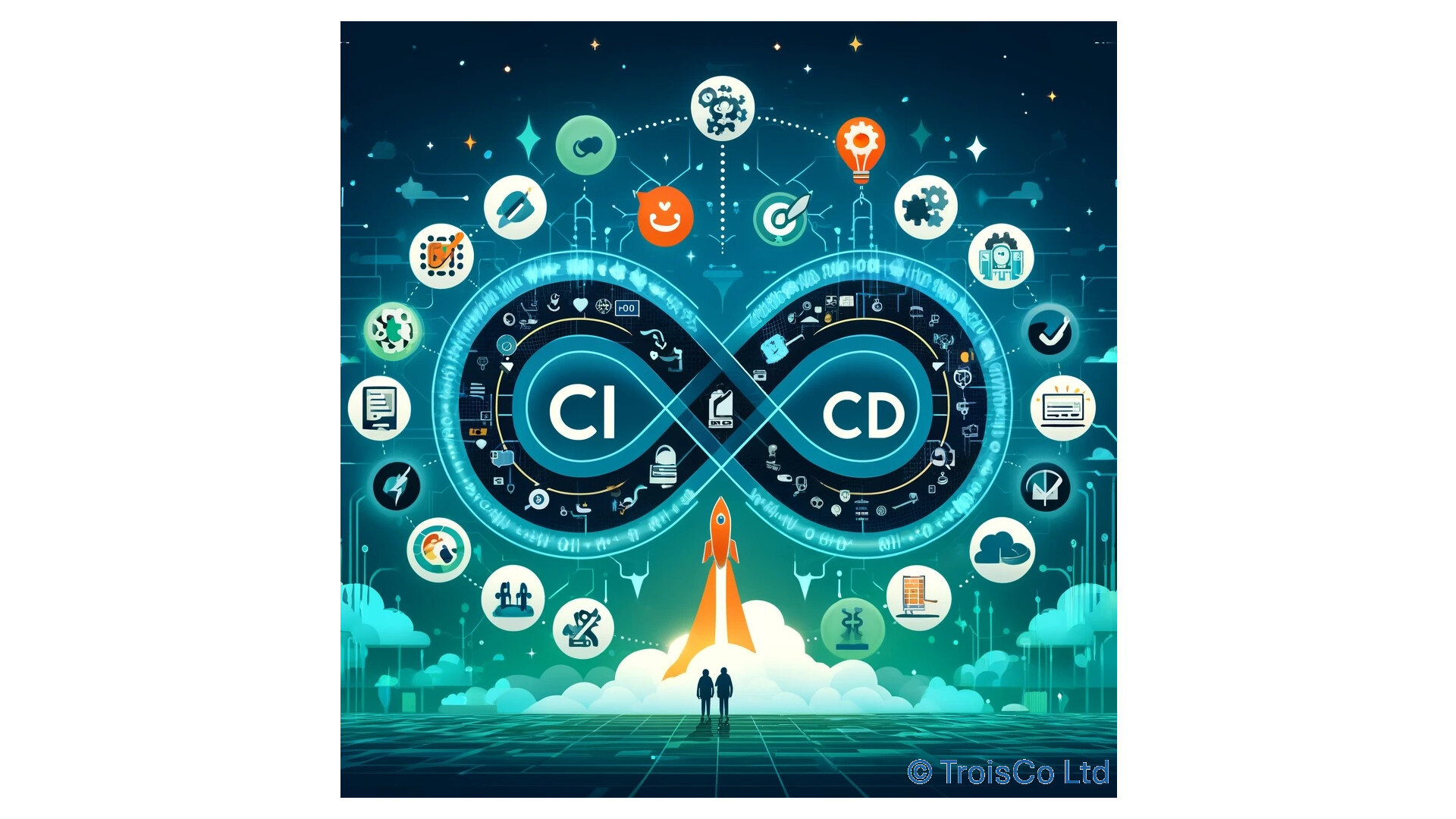Continuous Delivery (CD) in Service Management

In today’s fast-paced tech landscape, integrating Continuous Delivery (CD) into service management isn’t just beneficial—it’s essential.
Continuous Delivery (CD) builds upon the principles of CI by automating the release process, enabling organizations to deliver new software updates to production reliably and more frequently. CD is a critical component of service delivery automation, focusing on minimizing the time and effort required to deploy code changes to production environments.
Role of Continuous Delivery as Part of Service Delivery Automation
- Automated Deployment Pipelines:
- Consistency and Reliability: Automated pipelines ensure that deployment steps are performed consistently across environments, reducing human errors.
- Reproducible Releases: Each deployment follows the same scripted process, making releases predictable and reliable.
- Reduced Time to Market:
- Faster Releases: Automation accelerates the deployment process, allowing organizations to bring new features and fixes to users more quickly.
- Competitive Advantage: Rapid delivery can provide a competitive edge by responding swiftly to market changes and customer needs.
- Risk Mitigation:
- Incremental Updates: Deploying smaller, manageable changes reduces the risk associated with large, monolithic releases.
- Rollback Capabilities: Automated pipelines often include mechanisms to roll back changes seamlessly if issues are detected post-deployment.
- Enhanced Quality Assurance:
- Continuous Testing: CD pipelines can incorporate automated testing at each stage, from unit tests to integration and acceptance tests, ensuring high-quality releases.
- Environment Parity: Automation ensures that testing and production environments are as similar as possible, reducing environment-specific issues.
- Improved Operational Efficiency:
- Resource Optimization: Automation frees up developers and operations staff from manual deployment tasks, allowing them to focus on higher-value activities.
- Scalability: Automated processes can handle increased workloads without a proportional increase in manual effort.
- Better Collaboration and Communication:
- Alignment Between Teams: CD fosters closer collaboration between development, operations, and other stakeholders by providing transparency into the release process.
- Feedback Integration: Continuous delivery allows for rapid incorporation of user feedback into the development cycle, improving product responsiveness.
- Increased Security:
- Fresh New Version From Repository: If any security vulnerability compromised the environment, the attacker needs to start from scratch if a full deployment is chosen to be delivered as any existing system content and parameters can be over written with new content for the specific version directly from repository. This is also true for any CD controlled version rollback.
- Disaster recovery:
- Existing Version to New Environment: If any Force Major wiped out your Datacenter or just your environment you spent so much time setting up, you learn to value CD as you can quickly deploy to entirely new Datacenter the same version you were running before the incident happened, as all parameters and service settings can be retrieved from your repository.
In Summary - CI and CD as Service Management Tools
- Continuous Integration ensures that code changes are automatically tested and merged regularly, maintaining the integrity and quality of the codebase. Automated test cases are crucial in this process, as they verify that both new and existing functionalities work as expected after each integration.
- Continuous Delivery automates the deployment process, making it an integral part of service delivery automation. It ensures that the software can be released to production at any time, quickly and reliably, by automating the steps required to deploy code changes.
Together, CI and CD form a robust pipeline that enhances software development and delivery by:
- Increasing Deployment Frequency: Allowing organizations to deploy updates more often, leading to quicker time-to-market.
- Enhancing Quality and Reliability: Through automated testing and consistent deployment processes.
- Reducing Costs and Effort: By automating repetitive tasks and minimizing manual interventions.
- Supporting Agile and DevOps Practices: Enabling a culture of continuous improvement and collaboration across teams.
By integrating CI and CD practices, organisations can deliver high-quality software more efficiently, respond rapidly to changing requirements, and provide better value to their customers.
#ITSM #BestPractices #ContinuousDelivery #TechTalk #TechnologyManagement
 By
By

